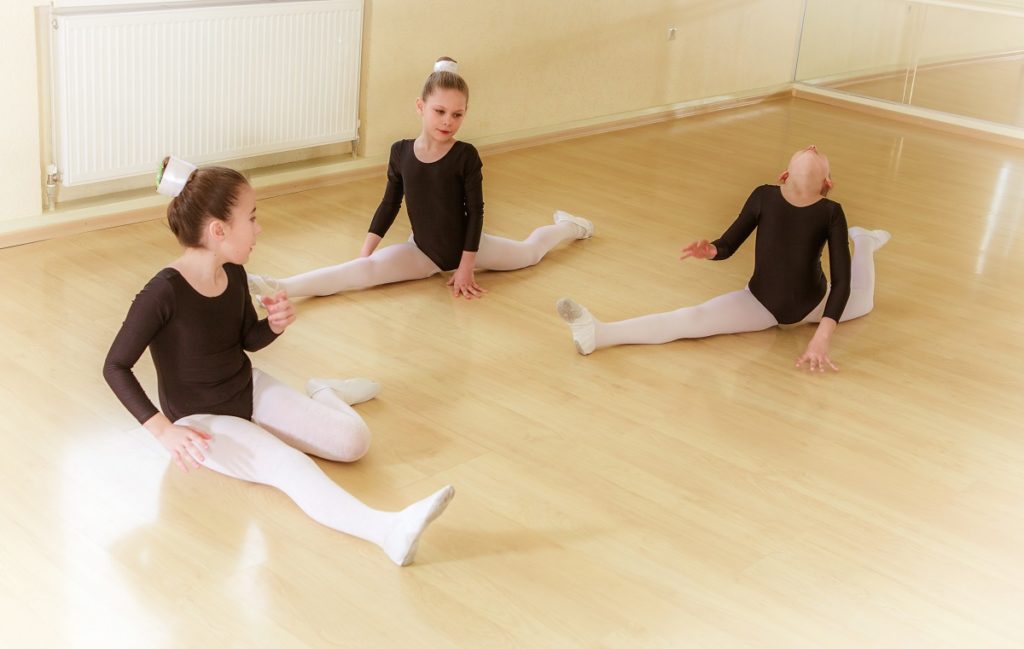Creativity comes in many forms — art, science, mathematics, and even dance. As part of the humanities, it can be used to bring joy to those who participate in it. It can also defuse tension in any setting.
Dancing is a way to express one’s feelings, ideas, and emotions using movement. There is no doubt that every culture around the world has its own way to express their ideas through dance. Whether it is sacred or recreational, experts at Dance Studio 111 and other studios noted that learning to dance fosters the feeling of freedom and liberation.
How dance affects the body
Researchers have confirmed the obvious that life and dancing are closely connected. Instead of relegating it to P.E. hour at school, making it part of the curriculum would help shy people come out of their shells and help hyperactive students to expend energy.
There are many dance companies in every city that offer lessons in multiple styles. The idea is to teach coordination skills and also collaboration and respect for others. Dancing also helps people become more social and cultivate closer relationships with others.
Dancing also offers immense physical benefits like staying fit, lowered blood pressure, and cardiovascular fitness. Instead of cutting back on P.E. classes to focus on other subjects, schools should keep this time on the schedule and encourage students to move more.
Many studies have proven that dancing has helped students fend off depression and self-worth issues and improve their overall scores. It has also helped individuals find a community to meet new people and appreciate their art form.
What to look for in a dance studio
 Children are naturally disposed to being active and if they express an interest in dancing, it is up to you to find them the right class. Even if it is being offered in school, extra lessons can help in enhancing your child’s skills.
Children are naturally disposed to being active and if they express an interest in dancing, it is up to you to find them the right class. Even if it is being offered in school, extra lessons can help in enhancing your child’s skills.
Some aspects to consider before enrolling your child for classes are:
- Friendliness: Check if the teachers and assistants are friendly. It helps to go into a friendly atmosphere while learning.
- Qualifications: Another aspect is teacher qualification. Dancing has to be taught by qualified teachers so children can avoid injury at every stage of learning. Experience should encompass both their learning and ability to teach.
- Age appropriate: Each child learns at a different pace. Even if the teacher focuses on technique, it should not take away from having fun and getting healthier. Children should not be exposed to inappropriate material.
- Safety: As with any physical activity, the risk of injury is fairly high. Good teachers take the time to teach steps and techniques properly so that children can avoid them.
- Right class: Finding the right class is important. It should be challenging to encourage your child to learn and grow without feeling overwhelmed. A good teacher will place a child in a class that recognizes their skills, rather than their age.
- Class size: Check out class sizes, as well. There should be enough room to move around and stretch. Teachers should also be able to pay attention to each student instead of focusing on earning money.
Dance is not just for recreation or entertainment. It helps the body to rejuvenate from all the stresses it undergoes keeping us fresh and ready to face anything life throws at us.

